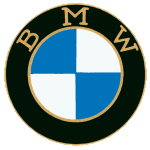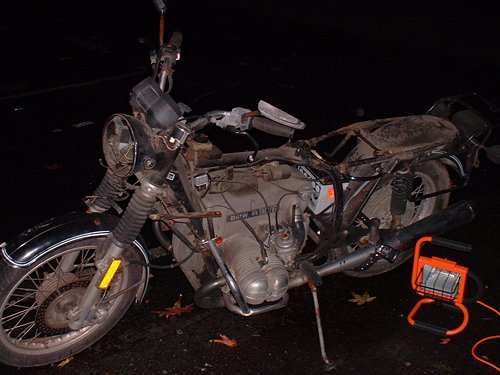Featured Pages
Swastika
With the name derived from a Tibetan Buddhist symbol, it was built in South Australia.
Swastika
Museo Frera
An impressive collection!
Frera Museum, Italy
Collection de Maurice Chapleur
One of the most important veteran collections in the world.
Chapleur Collection



